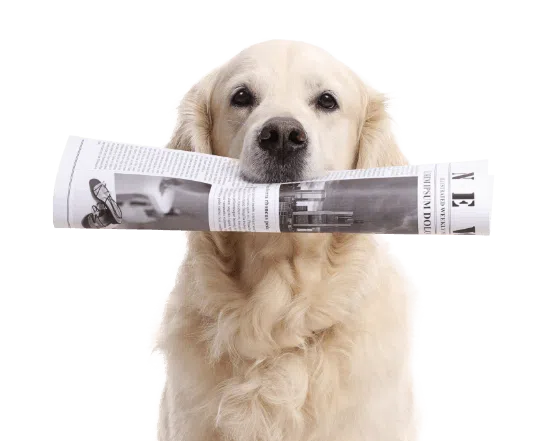Diagnostic imaging is a vital and transformative tool in veterinary medicine, reshaping how veterinarians care for animals globally. Its power lies in its ability to provide accurate insights into animal anatomy. Recent research shows that diagnostic imaging has revolutionized veterinary practices; with roughly 85% of veterinary facilities adopting advanced imaging technology. Below are six crucial reasons highlighting the importance of veterinary diagnostic imaging.
1. Non-Invasive Evaluation:
This stage involves the use of various diagnostic techniques that do not require surgery or invasive procedures. These techniques are essential for examining the internal structures of animals without causing harm or discomfort. Some common non-invasive methods include:
Radiography (X-rays):
X-rays allow veterinarians to visualize bones and internal structures like the heart and lungs. They are useful for diagnosing fractures, tumors, and lung conditions.
Ultrasound:
Ultrasound uses sound waves to create images of soft tissues and organs. It is commonly used for assessing the condition of organs such as the liver, kidneys, and reproductive organs.
MRI (Magnetic Resonance Imaging):
MRI provides detailed images of soft tissues and can be used to investigate conditions affecting the brain and spinal cord.
CT (Computed Tomography) Scan:
CT scans offer cross-sectional images of the body, which can be useful for detecting issues in organs, bones, and tissues.
2. Early Detection:
Allows veterinarians to identify and address medical issues in animals at an early stage. Some key points related to early detection include:
Cancer Detection:
Early diagnosis of cancer in animals can be lifesaving. Regular screenings and diagnostic tests can help identify tumors or abnormal growths before they become more advanced.
Infectious Diseases:
Early detection of infectious diseases, such as parvovirus or feline leukemia, enables prompt treatment and prevents the spread of the disease to other animals.
3. Evaluation of Soft Tissue Structures:
Involves assessing the health and function of various organs and tissues within an animal’s body. It is crucial for diagnosing diseases and conditions that affect these structures. This includes:
Heart:
Ultrasound and other imaging techniques can help diagnose heart conditions, such as congestive heart failure or heart murmurs.
Lungs:
X-rays and CT scans are used to evaluate lung health and detect conditions like pneumonia or lung tumors.
Liver and Kidneys:
Imaging techniques like ultrasound are essential for evaluating liver and kidney function and diagnosing diseases like hepatitis or renal failure.
4. Reproductive Health:
Reproductive health is important for breeding and overall animal care. This involves:
Pregnancy Detection:
Ultrasound can confirm pregnancy in animals by visualizing developing fetuses. This helps breeders and pet owners plan for the upcoming birth.
Monitoring Fetal Development:
Regular ultrasounds throughout pregnancy can monitor the growth and health of fetuses, ensuring a safe and successful birth.
5. Screening for Hereditary Conditions:
Genetic screening in animals helps identify hereditary conditions, enabling informed breeding and care decisions. For instance, in specific dog breeds, it can detect mutations linked to conditions like hip dysplasia, allowing for selective breeding or early intervention.
6. Identification of Foreign Objects:
Animals often ingest or inhale foreign objects, such as toys, bones, or other items that can cause obstructions or other health issues. Imaging techniques like X-rays and CT scans help veterinarians locate and identify these foreign bodies so they can be safely removed, preventing complications or injury to the animal.
Wrapping up:
Veterinary diagnostic imaging solutions have fundamentally transformed the landscape of animal healthcare. By providing non-invasive access to an animal’s internal structures, they have become a cornerstone in the diagnosis and treatment of various health conditions in animals. For more information on how this technology can serve your practice, please get in touch with the Asteris team.
Book a Demo of Keystone Omni Now
Submit images directly through Asteris Keystone or via our free and simple Asteris Keystone Community application.
Blog
the latest Updates from Asteris
If you like this post you might like this
Subscribe to our newsletter
don't miss out the updates
from asteris
Sign up to our newsletter to stay in the loop.

